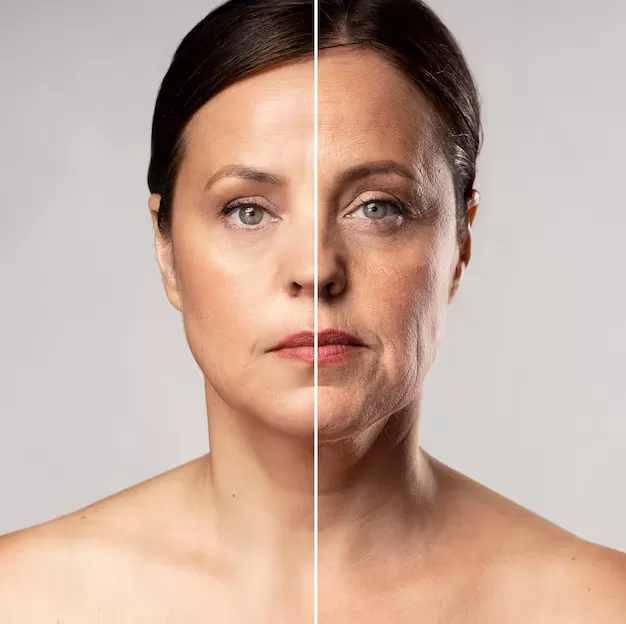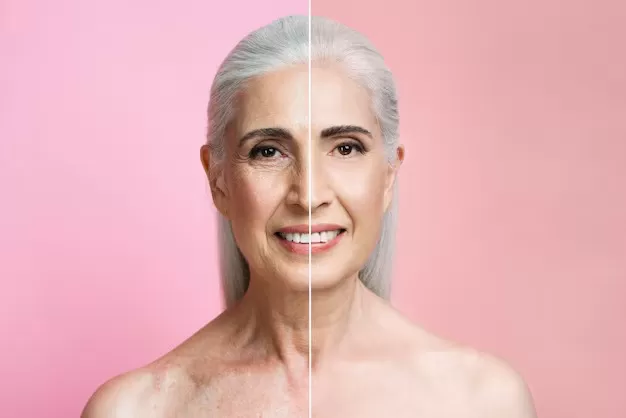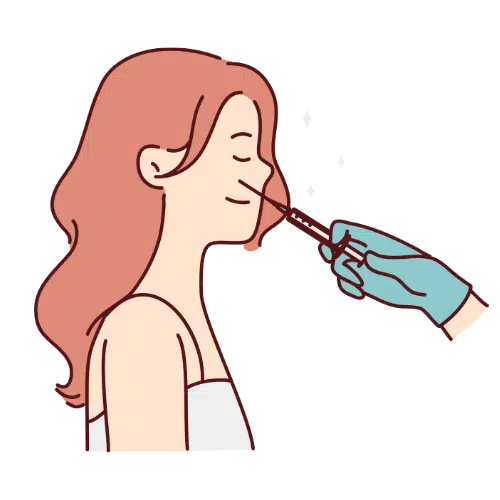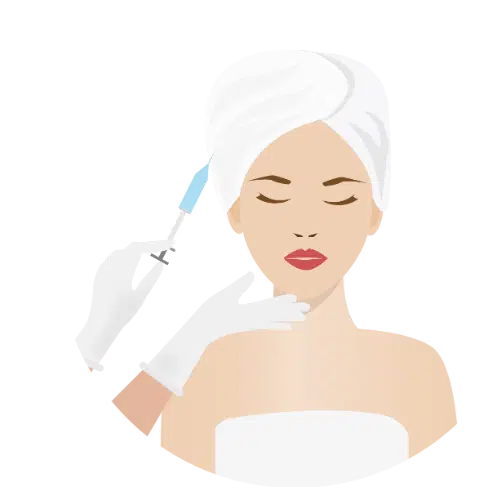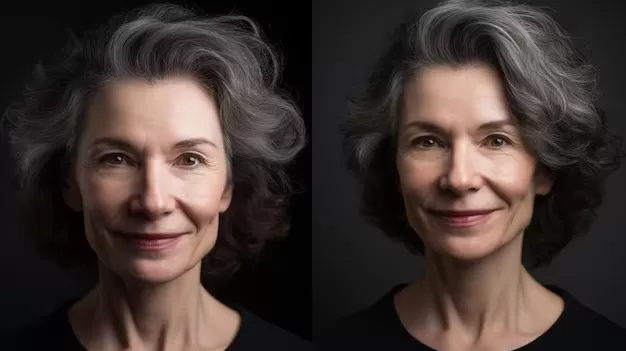How Botox Treatment Can Smooth Wrinkles and Relieve TMJ Symptoms
Botox treatment is a non-surgical cosmetic procedure that helps temporarily reduce the appearance of fine lines and wrinkles.
Discover the dual benefits of Botox treatment for wrinkle reduction and TMJ dysfunction relief. Learn how Botox works, its effectiveness, dosage, and potential side effects in this comprehensive guide.
Botox, best known for its cosmetic applications, is a versatile treatment with a wide range of medical uses. Originally developed to address facial wrinkles, Botox injections have proven effective in treating various conditions, including TMJ dysfunction, chronic migraines, and excessive sweating.
This article explores the benefits, effectiveness, and mechanisms of Botox for both cosmetic enhancement and medical relief, providing a comprehensive guide to understanding how this innovative treatment can improve quality of life and enhance well-being.
Whether you’re looking to smooth out fine lines or find relief from persistent pain, Botox offers a promising solution backed by extensive research and clinical success.
